The British Shorthair has been capturing people's hearts all over the internet thanks to its round body, chubby cheeks, and large smile — as well as its rich and striking blue fur. You've seen them all over popular literature as well as YouTube, but have you ever wanted to have your very own British Shorthair companion? If you are looking for a laid back cat who loves to hang out, get pets, and purr, this friendly and easy-going feline is most definitely for you.
British Shorthair Cat Breed Origin & History
The British Shorthair is one of the oldest English cat breeds around. It was brought to Britain when the Romans invaded. The Romans often had them on their ships to take care of rodents. But when the Romans eventually left, the British Shorthair descendants stayed behind. Once known as the Shorthair, the unique and charming cat started to be developed in Victorian England.
But the fad of breeding pedigreed cats faded during World War II since breeders were left unable to feed their cats due to food shortages. After World War II, the British Shorthair was revived and further developed, using Russian Blues, Persians, and domestic shorthairs. It was recognized by the American Cat Association in 1967, the International Cat Association in 1979, and eventually the Cat Fanciers' Association in 1980.

British Shorthair Cat Breed Personality
The British Shorthair may be one of the most chill cats you ever meet. They're easygoing, calm, and usually pretty quiet. While this breed loves to hang out with their family — including other pets — they are not known to be very cuddly. Despite looking like teddy bears, the British Shorthair isn't much of a lap cat. They prefer to hang out next to you on the couch, rather than in your lap.
Many of them are also not fond of being held. Gain their trust and you'll hear — and feel — some of the loudest purring you've ever experienced. While the British Shorthair has a playful streak, they're not known for being destructive or hyper. You might even need to encourage them to play for a bit longer since they are known to be a bit lazy most of the time. When they want to play, though, you'll often find them bringing toys over to you for a bit of fun.
British Shorthair Breed Characteristics (Physical)
The British Shorthair gets most of its attention for its plush, blue coats, and rotund features. Their round faces, chubby cheeks, and chunky bodies make them hard to resist. And they often appear to be smiling.
- British Shorthair Size: British Shorthairs are considered medium to large cats. While not as big as the Maine Coon or Norwegian Forest Cat, they make up for it with their round, dense appearance. They usually will have a broad chest and thick tail. Their height is 12 to 14 inches on average and they weigh between seven and 17 pounds. This breed won't reach full maturity for three to five years.
- Head: The CFA describes the British Shorthair's head as "round and massive." They have a circular face, thick neck, and the males have big jowls. They have a distinctive muzzle and prominent whisker pads. Their ears are broad at the base and set far apart, as are their eyes, which are round and wide.
- Eye Color: The British Shorthair's eye color depends heavily on their coat color. They are most often gold or copper, but can also be green, green-blue, or sapphire. White British Shorthairs will sometimes have odd-colored eyes.
- Legs & Paws: Their well-boned and muscular legs are medium in length. British Shorthairs' paws are round, with five toes on the front feet and just four on the back feet. Their legs should be in proportion with the rest of their body.
- Coat: British Shorthairs are most often known for their stunning blue coat. But this breed actually comes in a variety of accepted colors. Their short and dense coat can also come in white, black, red, smoke, silver, calico, and a wide range of tabby patterns and colors. In fact, the Fédération Internationale Féline recognizes 229 color variants.

British Shorthair Cat Breed Care
British Shorthairs have short coats, meaning it takes minimal brushing to keep their fur healthy and sleek. Brush them about once a week, removing dead hairs to avoid excess shedding and future hairballs. You may notice a bit more shedding during seasonal changes in the spring and fall. This breed should have their teeth brushed daily if possible. If not, once a week is fine.
You should also check their ears for dirt and their eyes for discharge weekly. This is a breed that loves to lounge around with you. But try to encourage exercise every day by playing together. Try having an energetic play session with them right before dinner so they start to associate their playtime with the reward of food. Provide them with interactive toys for when you're at work or away to keep them stimulated and busy.
Related: Cat Exercise: Different Ways to Play With Your Cat
Health Problems
Unlike many purebred cats and dogs, the British Shorthair has no known breed-specific diseases. Of course, you should still take your cat to regular vet visits to make sure they're up to date on their vaccines and ensure they don't have any of the diseases and illnesses common in all cats. One possible problem to keep an eye on is its weight. They are prone to becoming obese quite easily due to their genetic makeup, lazy nature, and love of food. Having a larger body could also lead to joint problems, which can cause pain and a lack of mobility.

Nutrition
As mentioned prior, British Shorthair cats absolutely love to eat! It's recommended that you pick a commercial cat food formulated for weight management. These foods will have a higher amount of protein to help your cat get full faster, as well as less "filler" ingredients like corn and wheat. Make sure to check the food's label to see how much your cat should be fed a day based on their weight, age, and activity level.
You can feed your British Shorthair throughout the day with an automatic feeder to spread out their portions. This will ensure they don't scarf down their portion immediately and avoid them begging for more throughout the day. Snacks and CBD cat treats should also contain healthy ingredients and make up no more than 10% of a cat's daily food intake. Check out our nutritional products for cats here.
Children & Other Pets
This breed gets along with basically everyone, including dogs, cats, and children. They are actually known to be extra gentle while playing with children, not using their claws. Always show your children how to properly interact with a cat and let them know that the British Shorthair isn't too fond of being held. Instead, have them both play on the floor together.

More About This Breed
Did you know that there's a longhaired version of the British Shorthair if you want to switch up your cat fancy? It's called — you guessed it — the British Longhair. The International Cat Association recognized the British Longhair in 2009. So far, they're the only cat association to do so. Aside from their long coat, the British Longhair has the same physical characteristics and personality of the British Shorthair.
Two very famous fictional cats are actually British Shorthairs: Puss in Boots and Alice in Wonderland's Cheshire Cat breed. It's no surprise that this particular breed was chosen as the Cheshire Cat since even nonfictional British Shorthairs appear to have a very large smile — without the fangs of course.
You may also recognize the British Shorthair as the "I Can Has Cheezburger" cat from all those now-dated memes. This viral trend dates back to 2007. That's when a Hawaiian blogger saw the smiley cat in an online forum and captioned it with the now-infamous phrase.
A British Shorthair was also in a well-known catnapping case. Maggie, a one-year-old British Shorthair, was stolen from her London mansion in 2015. Eastern European gang members demanded £5000 in exchange for her return. Maggie's horrified owners agreed to meet in a public park to do the exchange. It's probably a good idea to keep your British Shorthair indoors — not only to protect it from disease and predators but because of its unique looks.
You can expect to pay up to $2,000 for a British Shorthair kitten. That's a price many fans are willing to pay due to the chubby cheeks and calm, friendly disposition of this short hair cat. This is a low-maintenance British cat that loves to hang out, making it the purr-fect companion for families of any size.
Final Thoughts
The British Shorthair is a charming, low-maintenance feline with a calm temperament and irresistible looks. With its teddy bear appearance, gentle demeanor, and easygoing personality, it’s no wonder this breed has become a favorite among families, pet lovers, and internet fans alike. If you're looking for a loyal cat that prefers chilling beside you over being in your lap, the British Shorthair might just be your perfect match.

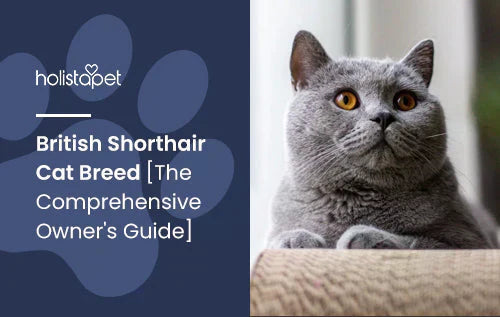
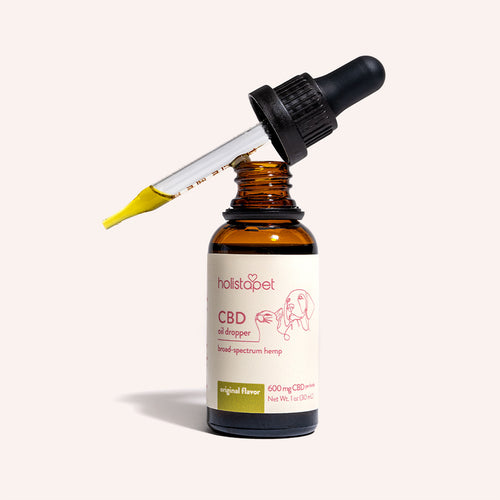 CBD Oil for Cats - Fast Acting
CBD Oil for Cats - Fast Acting
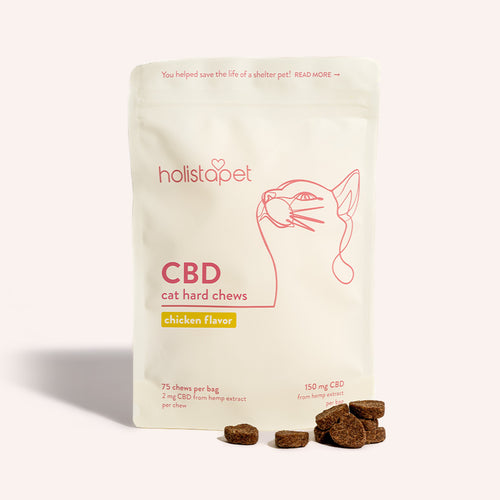 CBD Cat Treats - Easy Dose
CBD Cat Treats - Easy Dose
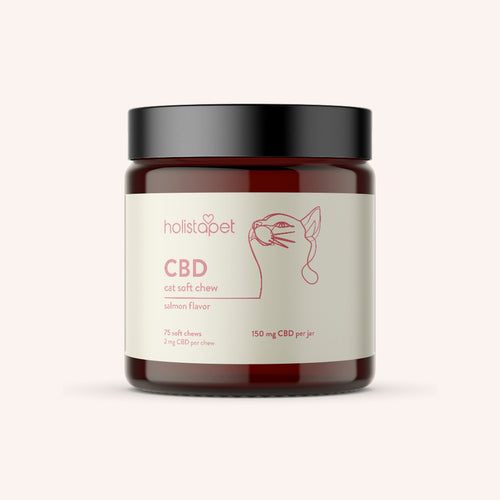 CBD Calming Chews for Cats - Highly Rated
CBD Calming Chews for Cats - Highly Rated
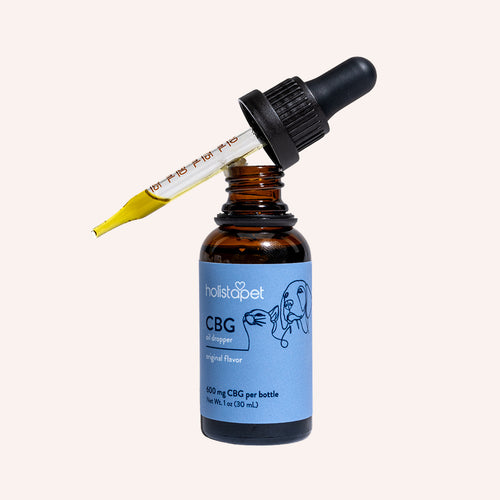 CBG Oil for Dogs and Cats - Loved by Thousands
CBG Oil for Dogs and Cats - Loved by Thousands


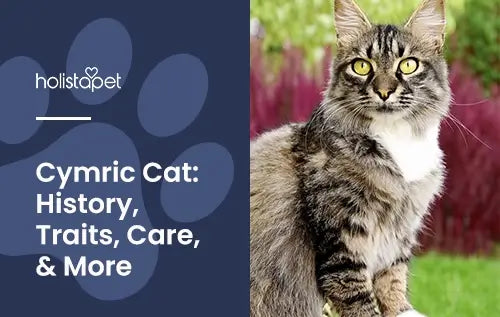
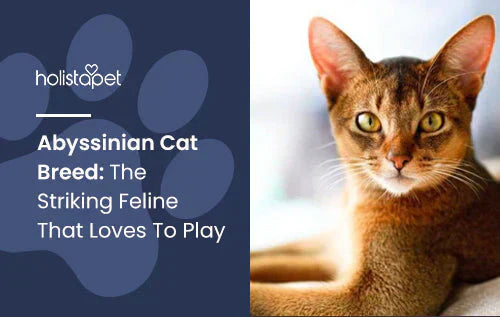

Leave a comment
All comments are moderated before being published.
This site is protected by hCaptcha and the hCaptcha Privacy Policy and Terms of Service apply.